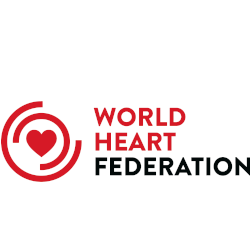Research
Remote preconditioning by aortic constriction: Does it afford cardioprotection similar to classical or other remote ischaemic preconditioning? Role of inducible nitric oxide synthase
Abstract
Purpose of the research: Does remote preconditioning by aortic constriction (RPAC) afford cardioprotection similar to classical or other remote ischaemic preconditioning stimulus? Moreover, the study was also designed to investigate the role of inducible nitric oxide synthase (iNOS) in remote preconditioning by aortic constriction. There are sufficient evidence that ‘ischaemic preconditioning’ has surgical applications and affords clinically relevant cardioprotection. Transient occlusion of the circumflex artery, renal artery, limb artery or mesenteric artery preconditions the myocardium against ischaemia/reperfusion injury in case of ischaemic heart disease leading to myocardial infarction. Here, the abdominal aorta was selected to produce RPAC.
The principal results: Four episodes of ischaemia/reperfusion of 5 min each to the abdominal aorta produced RPAC by assessment of infarct size, lactate dehydrogenase (LDH) and creatine phosphokinase (CK). These studies suggest RPAC produced acute (FWOP) and delayed (SWOP) cardioprotective effects. RPAC demonstrated a significant decrease in ischaemia/reperfusion-induced release of LDH, CK and extent of myocardial infarct size. L-NAME (nitro-L-arginine-methylester) (10 mg kg–1 I.V.), aminoguanidine (150 mg kg–1 s.c.), aminoguanidine (300 mg kg–1 s.c.), S-methyl isothiourea (3 mg kg–1 I.V.) and 1400W (1 mg kg–1 I.V.) administered 10 min. before global ischaemia/reperfusion produced no marked effect. Aminoguanidine (150 mg kg–1 s.c.), aminoguanidine (300 mg kg–1 s.c.), S-methyl isothiourea (3 mg kg–1 I.V.) and 1400W (1 mg kg–1 I.V.) pre-treatment after RPAC produced no significant effect on acute RPAC-induced decrease in LDH, CK and infarct size, whereas L-NAME (10 mg kg–1 I.V.) increased RPAC-induced decrease in LDH, CK and infarct size. The most interesting observation is with respect to delayed RPAC, where all NOS inhibitors’ pre-treatment attenuate RPAC-induced decrease in LDH, CK and infarct size.
Major conclusions: RPAC affords cardioprotection similar to classical or other remote ischaemic preconditioning stimulus. Moreover, late or delayed phase of RPAC has been mediated iNOS, whereas it is not involved in acute RPAC.


